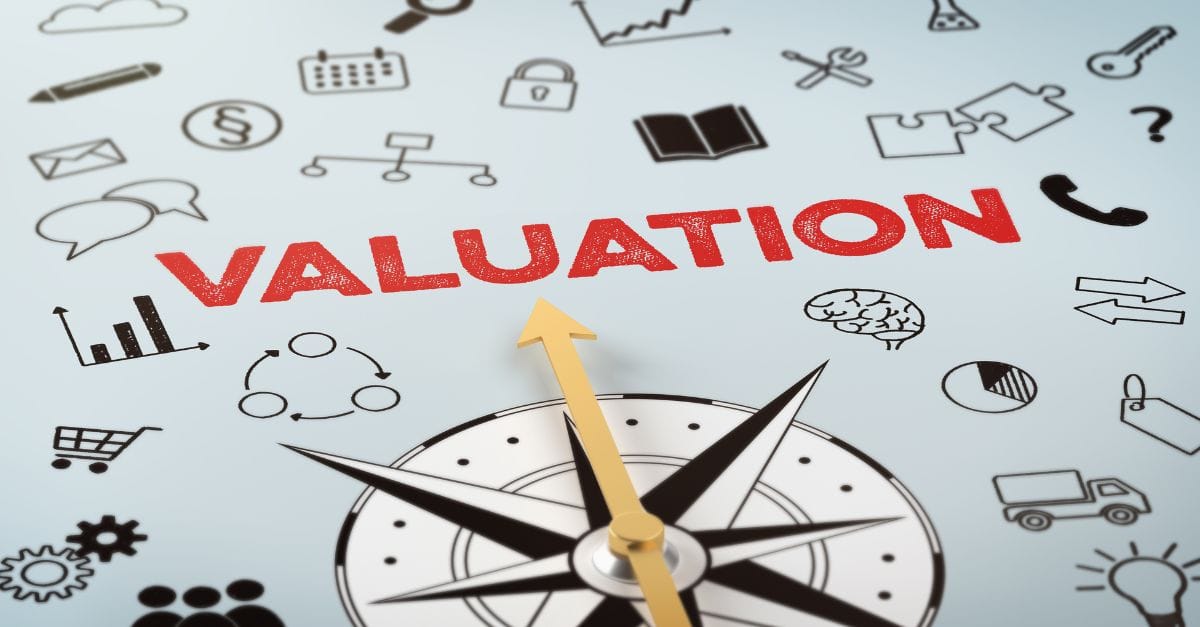The Complete Tech & Startup Glossary for Founders and Investors: M-Z
This glossary is designed for venture capitalists, investors and startup founders who need clear, practical definitions of commonly used startup

For startups navigating the complex journey from idea to market, understanding Technology Readiness Levels (TRLs) is no longer optional, it’s essential. Originally developed by NASA in the 1970s, the TRL framework has become a global standard for measuring technological maturity and is now a critical metric used by investors, venture capitalists (VCs), and government grant bodies alike.
From assessing innovation readiness to aligning product development milestones, TRL assessments help startups demonstrate progress, reduce risk, and communicate clearly with stakeholders.
In this guide, we break down what every startup founder and every investor backing them needs to know about TRLs in today’s competitive innovation landscape.
The TRL scale is a standardised 1-to-9 level system that measures how mature a technology solution is, moving from basic principles to fully proven, market-ready products. Here is how the scale works:
For startups, the TRL scale serves as both a roadmap and a communication tool, helping founders demonstrate progress to investors and align expectations across all stakeholders.

While the TRL framework may sound highly technical, its value goes far beyond R&D labs. For startups, TRLs play a direct role in shaping go-to-market (GTM) strategies and fundraising approaches.
Here are some reasons as to why your TRLs are critical to your go-to-market strategy.
TRLs are great because they allow founders to quantify and manage technological risks. By knowing exactly how “ready” a solution is, startups can identify weaknesses early, address them proactively, and ensure their product is robust enough to meet market demands.
TRLs provide a clear roadmap for technology development, enabling startups to plan their GTM strategies more effectively. Founders can set realistic milestones, allocate resources more efficiently, and align product development timelines with market entry strategies. This helps avoid overpromising to investors and underdelivering to customers.
Investors - especially those backing deep-tech ventures - want measurable evidence of technological maturity. TRLs provide a universal language to communicate this, instilling confidence and reducing investor risk. A startup at TRL 7 or above is generally seen as a safer investment than one at TRL 3.
Knowing your TRL enables sharper financial planning. Lower-level TRLs often demand significant investment in R&D, while higher-level TRLs require resources for scaling production, testing in real markets, and building customer adoption. By aligning spend with TRL status, startups can maximise the impact of their funds.
Conducting a TRL assessment doesn’t have to be complicated. Startups can follow a structured approach to evaluate their current position and plan the way forward.
Begin by clarifying why the assessment is being carried out. Key questions include:
Next, determine where your technology falls on the TRL scale. This involves comparing the current state of your innovation with the standard TRL definitions. Information can be gathered from:
Identify gaps between your current TRL and your desired TRL. At the same time, map out risks that could slow or block progress. Risks may be technical (e.g. performance limitations), operational (e.g. supply chain dependencies), organisational, or environmental. Tools such as gap analysis, risk matrices, SWOT, and PESTLE analyses can be invaluable here.
Using the insights from the gap and risk analysis, build a roadmap that details the resources, activities, and timelines required to progress to higher TRLs. The roadmap should also include clear action plans for risk mitigation.
Validation is critical. Engage with relevant stakeholders, domain experts, and potential customers to verify the accuracy and completeness of your assessment. This can be done through peer reviews, interviews, workshops, or structured surveys.
Finally, communicate your TRL assessment in a way that resonates with your target audience. Investors may prefer concise executive summaries or infographics, while technical partners may value detailed reports. Presenting TRL findings clearly and credibly enhances trust and helps move conversations forward.
For investors, TRLs serve as a benchmark for valuation and risk. Each level achieved signals significant de-risking and progress, directly influencing how funders perceive a startup’s value.
Here’s why TRLs have become a staple in the investment world:
By adopting this industry-standard framework, startups can position themselves more effectively in funding conversations. Instead of vague claims about being “market-ready,” founders can say, “Our solution is currently at TRL 6 and will move to TRL 7 within the next six months following pilot deployments.” This clarity goes a long way in securing both investor trust and financial backing.
Beyond investment and product validation, TRLs can be a powerful internal tool for startups. They encourage teams to:
In fast-paced startup environments, this discipline can be the difference between scaling successfully and burning out before reaching the market.
For founders, TRLs provide a clear structure to manage innovation, reduce risks, and attract funding. For investors, they offer a standardised method of assessing readiness and potential returns. Understanding and leveraging TRLs is not just about ticking boxes, it’s about building credibility, accelerating growth, and making sure innovative technologies successfully transition from lab to market.
Subscribe to Startup.Africa's Newsletter for the Latest Startup Tech Insights and Top Business Stories Delivered to your Inbox.